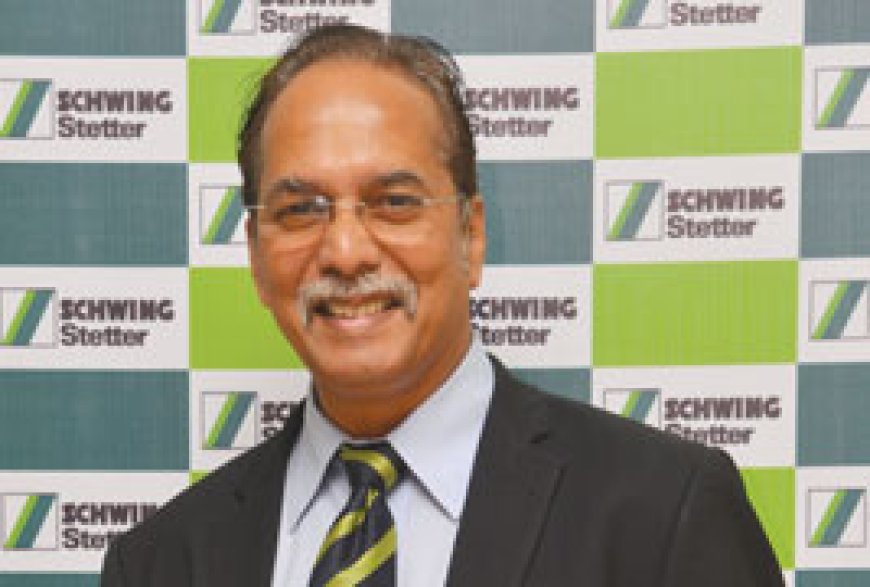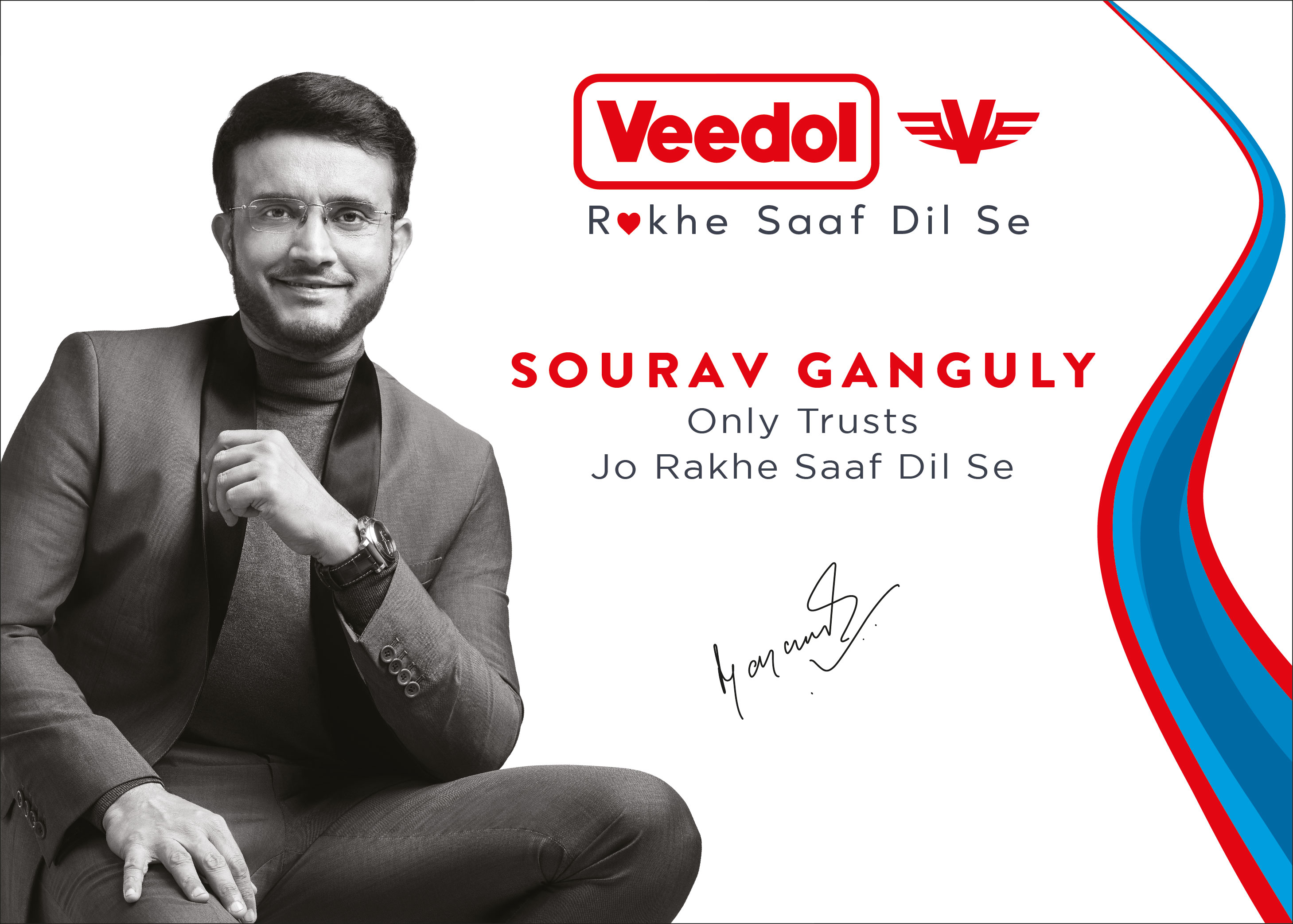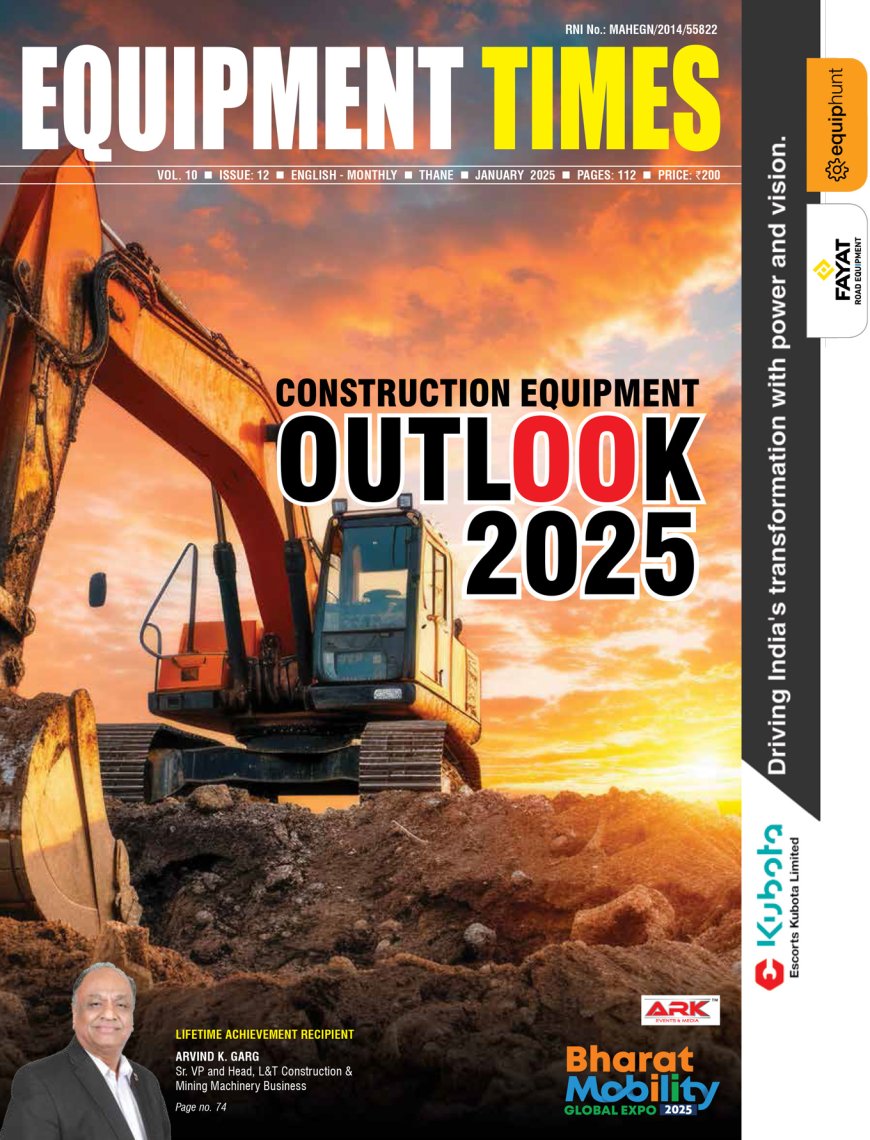Our equipment have revolutionized concreting methodology.
Anand Sundaresan VC & MD, Schwing Stetter India, Chairman IESC. As the market expanded we kept on responding to that, expanding our capacity and capabilities. How do you assess the evolution of CE industry from the inception of Schwing Stetter?

Anand Sundaresan
VC & MD,
Schwing Stetter India,
Chairman IESC.
As the market expanded we kept on responding to that, expanding our capacity and capabilities.
How do you assess the evolution of CE industry from the inception of Schwing Stetter? What has been your firm’s contributory role in this evolution?
We have been able to modernize the concreting practices in India and we have brought a sea change in the concreting methodology due to the equipment and machinery we have brought in to the country in the early 2000. We pioneered the shift from mechanical weighing system in batching plants to electronically weighing systems, and moving forward, we brought in sophisticated control systems. Today most of the batching plants are PLC controlled. Going further up we have brought in remote connectivity and there is no need for our software engineer to go to the site. Everything can be controlled from our office. Similarly concrete pumps have become more energy efficient and eco-friendly. We also played a major role in the evolution of mixer technology; we have already upgraded over five times, and I can proudly say our concrete mixer technology is at par with European technology. We have introduced recycling plants and whole concrete methodology itself has changed.
We also played a major role in bringing the shift from site mixers to transit mixers. From 4 cu m we upgraded it to 6 cu m and today we are going to 10 cu m and 20 cu m mixers. So we are absolutely in the leading position in introducing all these equipment at the right time and whatever is required for our country.
Of course, there is one latest development, light weight version of truck mixer, which we have not been able to bring it to India yet. The technology is available with us, however, the market is not ready to accept the same.
How these have positively impacted the construction industry?
The quality of end product has gone up, the time-frame of project execution has shrunk to considerable levels, and efficiency of methodology has gone up. Our pioneering concepts have obviously brought ease of operation which has become much simpler and easier; for example, the use of ready mix concrete. Even though the concept was introduced in 1992, again it is Schwing Stetter which popularised the actual use. Another important aspect is the use of spare parts and wear parts have come down drastically which helped in bringing down the operating cost drastically. Both the machines and the construction practices have become more sustainable and environment-friendly. And over a period of time we have gained so much of experience in operating these equipment that we are able to provide expert service with respect to operations and maintenance, proactive maintenance etc.
Could you spell out your company’s philosophy of innovation over the years?
First of all, we take the best practice in the world. Being a German company, we have access to whatever is happening in the world and how people are doing and what they are doing. Second thing is all along we had never appointed dealer or distributor for selling our products. Our products are sold directly to the customer and we have very close contact with the customer. So we have regular interaction with the customers and we keep on getting feedback through our service and sales engineers. And we keep on trying to innovate and bridge the gap what is there in our existing product and also for the future.
Our design engineers are very closely working with our German counterparts. In fact, for the Excon we will be launching some 17 new products. Our engineers were stationed in Germany for about four months to develop one of the products, a 3 cu m mobile batching plant, made for the first time for the world.
How do you assess the change in the buying pattern?
Earlier people were very price-conscious. Today the time frame for completion of a project has shrunk considerably which made the availability, reliability, and performance of equipment critical factors. So high quality and high performance equipment became a must, and customers gradually shifted from initial price concept to life cycle costing. One good thing that has happened in our company is that because we are indigenising all our products, we are able to bring down cost of the equipment.
The second important thing is the shift in service parameters. It is not only enough to have high performance and high quality equipment but to have proper service, along with availability of spare parts etc. So when the customer is buying, he is not only looking at the price, but also ensures that he gets a complete package – performance of the equipment, after sales service, availability of parts etc. The construction industry in India has adopted the latest technology very quickly and fast. There are hundreds of examples in India where we are far ahead of even many other developed countries in the world. This also has had a positive impact on the buying behavioural patterns of the end-user segments.
What differentiates Schwing Stetter from competition?
There are two ways of looking at it. Number one – what we are offering to the customers is completely different from what our competitors are offering. We are flexible and we are able to change anything as quickly as possible. We offer a wide range of equipment. For example we can start offering batching plants form 18 cu m per hour right upto 240 cu m per hour. We are so flexible that in each of these capacities we can give different version. We have different control systems right from entry level to something which is more advanced and highly sophisticated systems. Our in-house software and hardware development capability is so high that if a company want to connect our software to their software systems we can do that; and our control system can also be connected to many peripheral equipment they are using.
What are the technology trends in concrete pumps?
We keep developing new things. Today we have about 20-30 different models of concrete pumps designed for different applications – from the smallest 30 cu m output capacity upto about 180 to 200 cu m capacity. We also have speciality pumps which are being for long distance and high rise pumping. There are 30 – 40 projects where our higher capacity and high pressure pumps are deployed. Our boom pumps have got proportion controls so that the boom hanging will not take place.
How do you rate your company’s success so far?
First and foremost, we came and started our operations at the right time. Ours is a German technology which is quite robust and strong. Our parent company has over 83 years of rich track record. So this has come in handy; and being a 100% subsidiary, all this knowledge is available to us readily whenever we want it. So we have a lot of specialists in concrete technology. In case of specialised pumping and specialised requirement we have got capability inhouse within our parent company where they have faced a similar kind of situation somewhere. For example whether it is coloured concrete, high density concrete or concrete for dam construction, we have rich experience in all these areas.
Then the next point is that, as the market expanded we kept on responding to that, expanding our capacity and capabilities. This was one of our most important things. Being a German company we are focused on our reputation and name. To give proper and efficient after sales service, we have created a complete network; today we have got more than 300 odd service engineers working in our company with about 27 locations all over India; and where spareparts are available in about 29 different locations. We have service centres, we have training centres and we kept on adding these things.
Hits: 48










